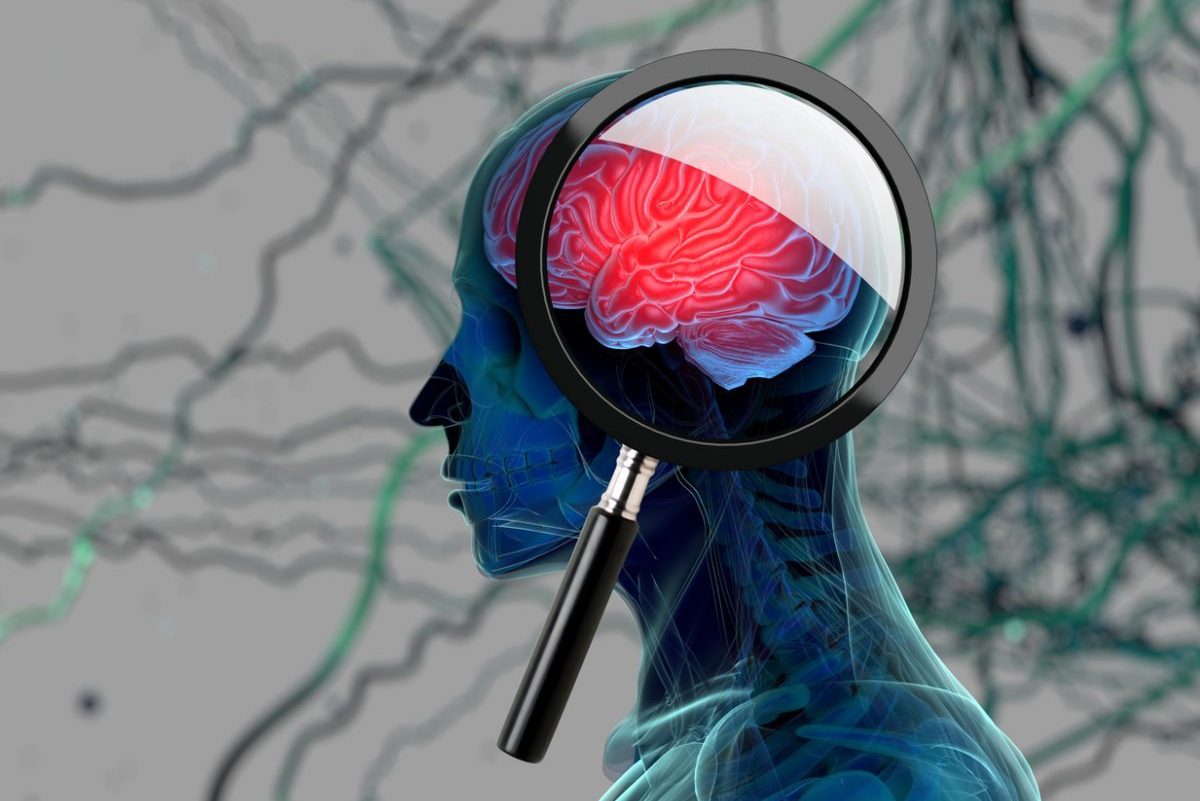Objectives: Persistent reports have linked atypical antipsychotics with diabetes, yet causative mechanisms responsible for this linkage are unclear. Goals of this review are to outline the pathogenesis of nonimmune diabetes and to survey the available literature related to why antipsychotics may lead to this disease.
Data Sources: We accessed the literature regarding atypical antipsychotics and glucose homeostasis using PubMed. The search included English-language publications from 1990 through October 2004. Keywords used included atypical antipsychotics plus one of the following: glucose, insulin, glucose tolerance, obesity, or diabetes. In addition, we culled information from published abstracts from several national and international scientific meetings for the years 2001 through 2004, including the American Diabetes Association, the International Congress on Schizophrenia Research, and the American College of Neuropsychopharmacology. The latter search was necessary because of the paucity of well-controlled prospective studies.
Study Selection: We examined publications with significant new data or publications that contributed to the overall comprehension of the impact of atypical antipsychotics on glucose metabolism. We favored original peer-reviewed articles and were less likely to cite single case studies and/or anecdotal information. Approximately 75% of the fewer than 150 identified articles were examined and included in this review.
Data Extraction: Validity of data was evaluated using the existence of peer-review status as well as our own experience with methodology described in the specific articles.
Data Synthesis: The metabolic profile caused by atypical antipsychotic treatment resembles type 2 diabetes. These agents cause weight gain in treated subjects and may induce obesity in both visceral and subcutaneous depots, as occurs in diabetes. Insulin resistance, usually associated with obesity, occurs to varying degrees with different antipsychotics, although more comparative studies with direct assessment of resistance are needed. A major problem in assessing drug effects is that psychiatric disease itself can cause many of the manifestations leading to diabetes, including weight gain and sedentary lifestyle. While studies in healthy subjects are limited and inconclusive, studies in animal models are more revealing. In the conscious canine model, some atypical antipsychotics cause adiposity, including visceral obesity, a strong risk factor for the metabolic syndrome. Furthermore, while few studies have examined effects of antipsychotics on pancreatic b-cell function, canine studies demonstrate that expected b-cell compensation for insulin resistance may be reduced or even eliminated with these agents.
Conclusions: Atypical antipsychotics have been shown to contribute to weight gain, which may well reflect increased body fat deposition. Such increased fat is known to cause resistance to insulin action, although more information regarding effect on insulin action is needed. The effect of these drugs on fat distribution has been clearly shown in animal models. It is known that the normal response to insulin resistance is compensatory hyperinsulinemia, which may prevent diabetes. In animals, there is evidence that the hyperinsulinemic compensation is inadequate in the face of atypical antipsychotic agents. It remains to be examined whether failure of adequate pancreatic b-cell compensation for insulin resistance plays a central role in the pathogenesis of diabetes associated with this class of drugs.
Please sign in or purchase this PDF for $40.00.




